The Rosendahl Home on Bookter
An artistic family calls on all their construction, real estate and design experience to transform a derelict historic house into a welcoming showplace.
- story and photography by Ellis Anderson
The Rosendahls’ appreciation of art and design spans the decades of their marriage. The couple both grew up in Naples, Florida and met when Vicki took a job working at an exclusive designer apparel store owned by Ron’s parents. The two college students found they shared a common interest in art and music and were caught up with the creative energies sweeping the country in the 1960s. While Ron finished his degree in international business administration, Vicki focused on completing a commercial art degree.
When the two began their family, Ron focused his business savvy on construction, which was booming in the ’70s and early ’80s. Although his primary business eventually evolved into consulting on large-scale development projects in the Caribbean, Vicki and Ron worked on many upscale residential homes together. Ron would design and build the house, while Vicki — who had studied further and obtained licenses as an interior designer and a real estate broker — would create a custom and complementary interior. The team developed a reputation for “making space work.” Vicki’s art background gave her a knack for discovering standout work by local artists — pieces that would become focal points in luxe Naples homes. Ron, who’d followed his artistic muse despite his busy career, found that his own sculptures were in demand throughout South Florida. Since he worked mostly in stone at the time, he also had opportunities to design and create award-winning stone altars and fonts for well-known churches.
The couple first visited the New Orleans area in the early ’90s, after son Matt moved there to pursue a Master’s at UNO. The Rosendahls became regular visitors, even more so after Matt established himself as one of the city’s quality renovation contractors. When their son purchased a weekend home in Bay St. Louis before Katrina, Vicki and Ron were enchanted from their first visit. They made plans to build in the town and relocate eventually.
Katrina changed those plans, along with those of everyone else on the coast. Afterward, nothing remained of Matt’s Bay St. Louis house except a single piling. To complicate matters, Ron began battling a grave and extended illness. In the coming years, Vicki often wondered if the active life they’d shared was coming to a close. They downsized from their large Naples house into a small cottage near Cedar Key, Florida, waiting to see what the future would bring. In 2011, the future delivered, big time. Matt, who’d continued building and renovating in both New Orleans and in Bay St. Louis, went to Bay St. Louis on the behest of Vicki to check out an abandoned house that she’d seen on the Internet. Although the interior was wrecked and the structural integrity dubious, the team of three had the vision and experience to make the purchase. They began the renovation with enthusiasm.
The project took a year and a half. Ron’s health began to stabilize and he was able to come to the Bay and work with Matt on occasion. For instance, the two looked for weeks for a piece of granite large enough to cover the huge kitchen island without a seam. It had to be big and have “just the right movement.” Vicki says even though she wasn’t able to visit often, “every decision was a group decision.” But the parents trusted their son’s taste and instincts completely.
“Matt’s always got great ideas,” says his mother. “Most of the time, if he suggested something, we said, ‘just do it.’” “The three of us brought all the knowledge we’d learned from decades of building to this project,” says Ron. As an example, he points to a hidden steel beam that added strength to the back structure. A distinctive feature they collaborated on is the bead-board wainscoting throughout the house: it’s made from wood salvaged from the original ceilings that had been collapsing when they made the purchase. Vicki insisted on leaving the original paint colors of taupe, turquoise and ivory, with lots of natural wood showing through the layers. At 2000 square feet, the house is smaller than the Rosendahls are accustomed to, but they say it fits them “just right.” Their experience with designing well-thought-out spaces shows throughout. Although it’s three bedrooms and three-and-a-half baths, no space feels cramped. The high ceilings contribute to the sense of spaciousness. Comparing them to the lower ceilings common in Florida, Vicki says “it’s opened us up.” Her studio, outfitted with built-in cabinetry, gives her both room to create and ample storage. Ron, whose work requires a larger studio, may eventually build one on the home’s large lot, but for now, he’s content with a small cottage in the neighborhood that gives him room to work large. 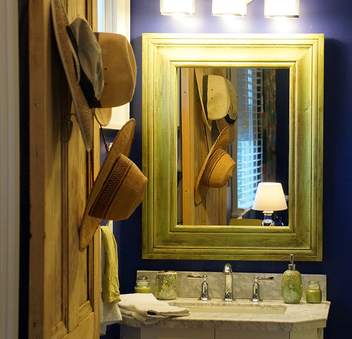
The couple chose soft beige-grey neutrals for most of the walls to better showcase the artwork. The colors gives the master suite a restful, spa-like feel. There’s one exception to the softer wall colors, however: the Haitian Room. The couple have an exceptional collection of originals, purchased long ago from Haitian artists who lived in the island’s highlands. Vicki chose a dark blue for the wall color of the guest room where the collection resides, then used lime green as an accent color. The effect is somehow a combination of energizing and restful.
The couple have settled happily into their new home, often sitting on the front porch to listen to music coming from Depot Row or watching events unfold on the Depot park lawn. The entertainment features of the house come in handy. Matt and his wife, Lauren, divide their time between Bay St. Louis and New Orleans. Daughter Kerry, who lives in the Bay, along her rescued black Lab Louie (short for Bay St. Louis) comes over often. Oldest son Chris (who, no surprise to anyone, sculpts as well) and grandson Rider still live in Naples, but they visit several times a year. Even with a revolving roster of family and guests, the Rosendahls admit that their home is a still work in progress. “Come over next time,” says Vicki, “and we’ll have everything all changed around.” With two such talented artists in the same household, who makes the final decisions on décor? Vicki begins to laugh. “We don’t always have the same opinions,” she says. “But in the end, I get my way.” Ron smiles in response and then winks. “We work it out,” he says. Al Lawson - On Design
Artists are unique people. I can say that with confidence - because I am an artist. And so is my wife. As well as one of our daughters. We are familiar with the artist "raison d'etre,' which means we have to do art and be around art to fulfill our sense of purpose and meaning. That's why I have always loved to enter or peek into the private world of other artists' homes. They construct, paint, spray, and stage everything as if their homes were just another canvas or another gallery to display their work.
The other thing that artists do in their homes is collect or acquire things that energize them and help them to find inspiration and new influences for their own art. Artists' homes can also be fascinating self-portraits about the art they wish they could have done or are hoping to involve in their own art. The secrets and revelations to discover in artists' homes are limitless - just like the unending expressions artists may depict. Artists' homes are their safe place set apart from a world that may not understand them.  Click here for Lawson Studio's website! Click here for Lawson Studio's website!
Our good fortune is that some artists let us in to walk around and share their personal space. And we are allowed to discover the fascinating and different way others live and embellish their nests. Or how an artist uses their home to find meaning and refuge.. Perhaps it is as the author Pierce Brown says, “Home isn't where you're from, it's where you find light when all grows dark.”
Comments are closed.
|
Categories
All
Archives
July 2024
|
Shoofly Magazine Partners
Our Shoofly Partners are local businesses and organizations who share our mission to enrich community life in Bay St. Louis, Waveland, Diamondhead and Pass Christian. These are limited in number to maximize visibility. Email us now to become a Shoofly Partner!

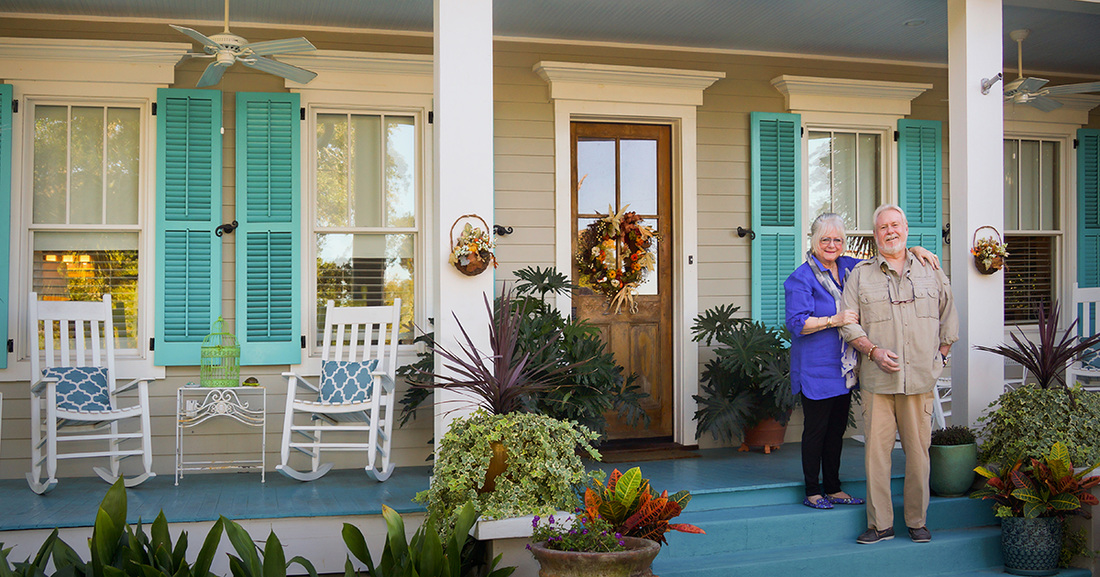


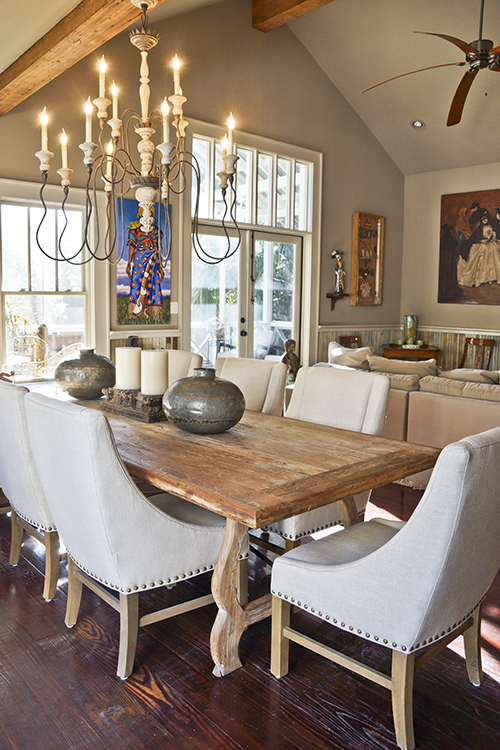
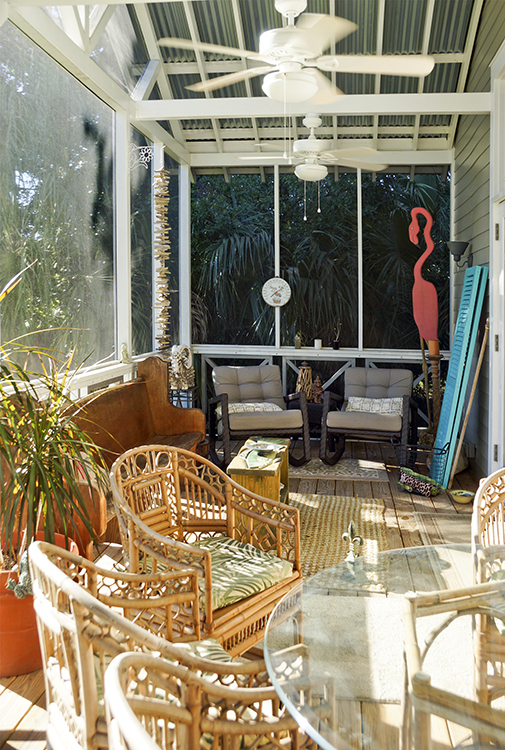
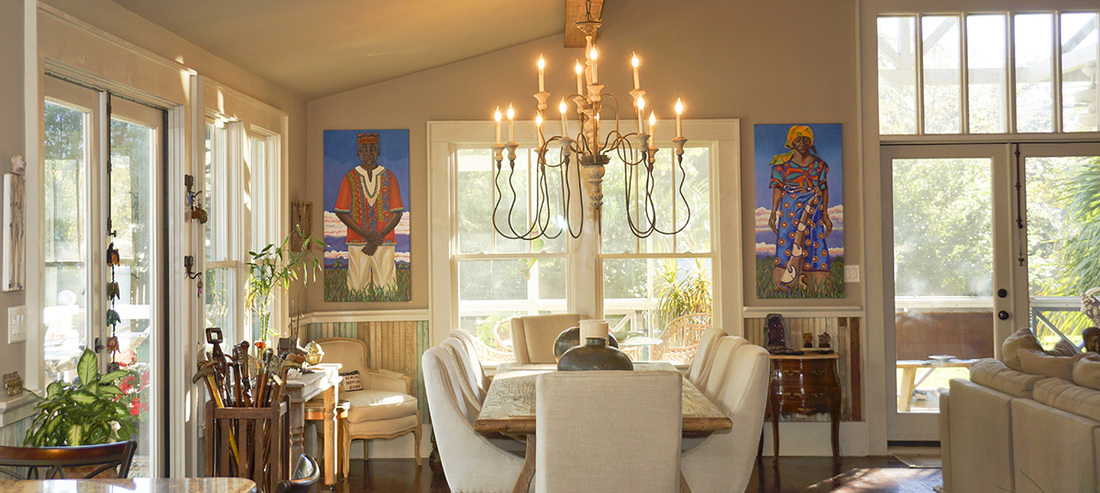
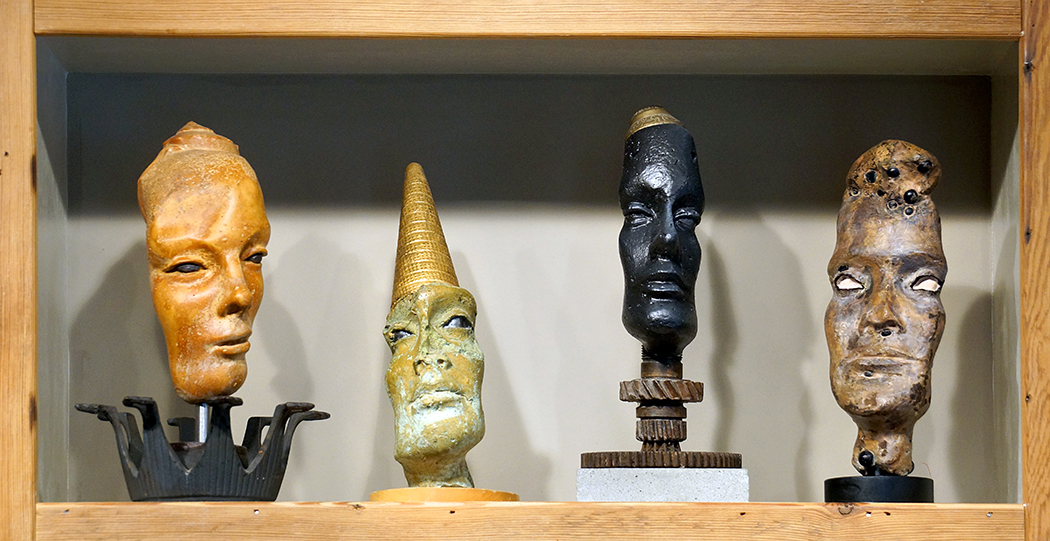
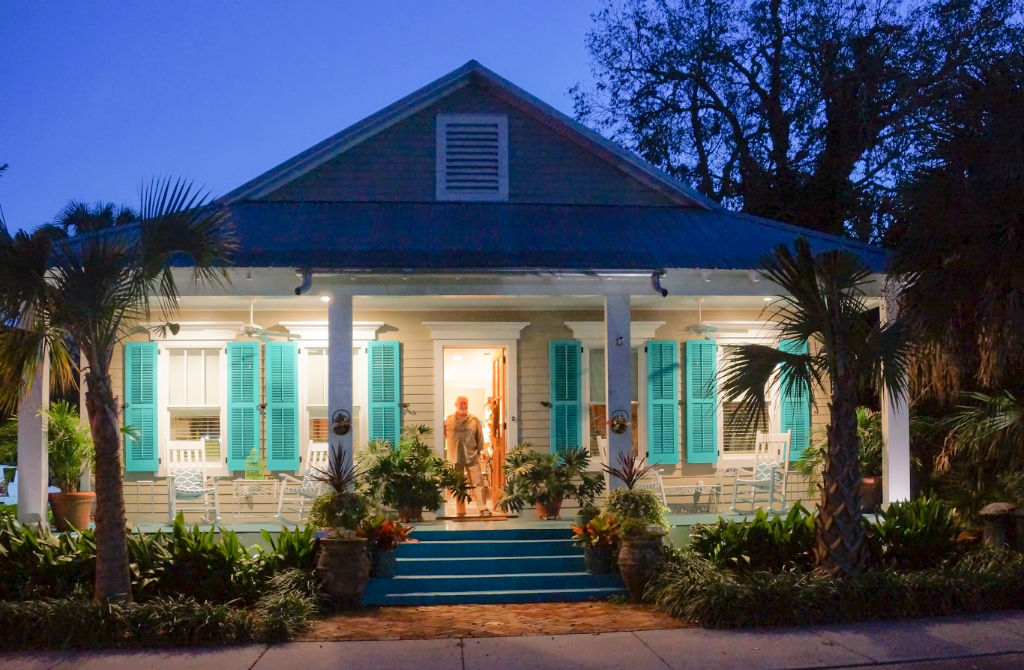

























 RSS Feed
RSS Feed























